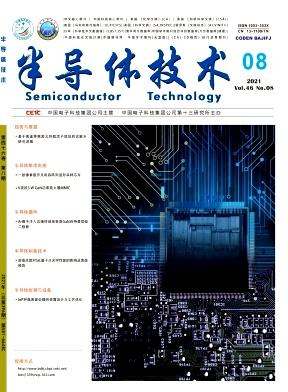Spelunking in the data mine: on data mining as an analysis tool for the optimization of microprocessor speed
引用次数: 1
Abstract
The quest for increased microprocessor speeds is inexorable... as microprocessor speeds pass two gigahertz, semiconductor manufacturers must wring all the available microprocessor speed from existing processes by any means possible. These means include designed experimentation and analysis of tightly controlled processes, many of which are approaching physical limits. Some questions an engineer must face when confronted with optimizing a 400-operation process is: At which operation to begin, and what factors in that operation influence what responses in the process? Then, after defined optimization projects have been completed: Have all the available opportunities for optimization been exhausted? One of the major products of microelectronics manufacturing is data: huge quantities of data are generated on every production lot processed through a fabrication facility. However, most of these data are observational (some would say 'happenstance') in nature, and are wrought with the problems of classical statistical analysis that experimental design procedures seek to avoid. Data Mining is loosely defined as an activity of extracting information from observational databases, wherein the goal is to discover hidden facts. One promising data mining technique is binary recursive partitioning. This technique is implemented in Classification And Regression Tree software by Salford Systems. This paper will explore the effective use of the CART/spl reg/ software tool to sift through the vast observational data generated in the production of microprocessors in the search of speed optimization opportunities. The procedures for using CART/spl reg/ to optimize microprocessor speed will be explained and demonstrated in several case studies.数据挖掘中的洞穴探险:将数据挖掘作为微处理器速度优化的分析工具
对提高微处理器速度的追求是不可阻挡的。当微处理器的速度超过2千兆赫时,半导体制造商必须以任何可能的方式从现有的进程中榨取所有可用的微处理器速度。这些手段包括对严格控制的过程进行设计实验和分析,其中许多已经接近物理极限。工程师在优化400个操作流程时必须面对的一些问题是:从哪个操作开始,该操作中的哪些因素会影响流程中的哪些响应?然后,在定义的优化项目完成后:是否所有可用的优化机会都用尽了?微电子制造业的主要产品之一是数据:通过制造设备处理的每个生产批次都会产生大量数据。然而,这些数据中的大多数本质上是观察性的(有些人会说“偶然性”),并且带有经典统计分析的问题,这些问题是实验设计程序试图避免的。数据挖掘被粗略地定义为从观测数据库中提取信息的活动,其目标是发现隐藏的事实。一种很有前途的数据挖掘技术是二进制递归划分。该技术在Salford Systems的分类与回归树软件中实现。本文将探讨如何有效地使用CART/spl reg/软件工具来筛选微处理器生产过程中产生的大量观测数据,以寻找速度优化的机会。使用CART/spl reg/优化微处理器速度的过程将在几个案例研究中进行解释和演示。
本文章由计算机程序翻译,如有差异,请以英文原文为准。
求助全文
约1分钟内获得全文
求助全文

 求助内容:
求助内容: 应助结果提醒方式:
应助结果提醒方式:


